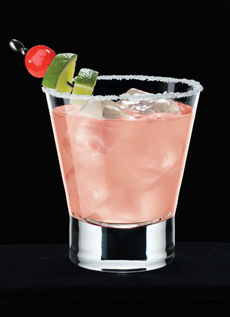| |
Many people steer clear of fresh pomegranates. Unlike taking a bite of an apple or plucking grapes from the cluster, eating a pom is not so user-friendly.
Yet, in the Middle East, the pomegranate has been a popular fruit for millennia—long before well-honed knives, running water and fine mesh strainers were household basics, and long before people knew that pomegranate was a superfruit, high in antioxidants.
If you know the easy technique shown in the video below, the pom’s thick outer layer (the pericarp*) is not really a problem. In the time it takes to peel an orange—and in less time than it takes to peel, core and slice a pineapple—you can be enjoying a pomegranate.
The pom is different from other fruits because the portion of edible fruit—actually sacs of fruit juice called arils, which surround the small, edible seeds—is tucked inside such a thick pericarp. Unlike an orange or grapefruit, you can’t simply peel it with your fingers and dig in to the fruit.
Watch the video.
There’s an even neater trick, not shown on the video: neater because you seed the pomegranate in a large bowl of water, so no juice bleeds onto your hands.
Do what’s shown on the video, but place the quarters (or halves) of the pomegranate into a bowl of cold water. The arils are heavier than the water, so they sink to the bottom, making it easy to drain off the water. (We make it even easier by draining into a large mesh strainer.)
FOOD TRIVIA: The pomegranate, the edible fruit of a shrub or small tree, is botanically classified as a berry.
MORE about the pomegranate: history, health benefits, and how to juice and store pomegranates.
*The pericarp comprises the skin and protective layers under it. Think of the skin and pith of a lemon or other citrus, which protects the juice sacs—although in the case of citrus, the exocarp (skin), the outermost layer of the pericarp, is edible. The pomegranate is one of the few fruits where the entire pericarp is inedible.
|



